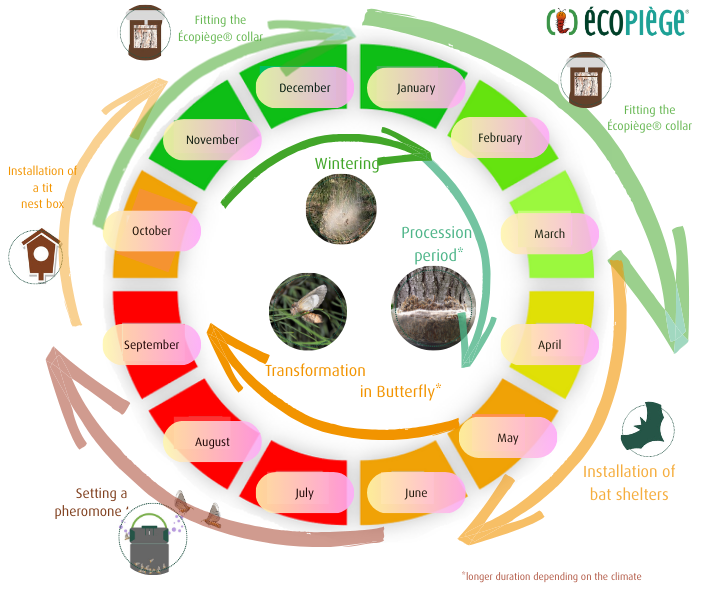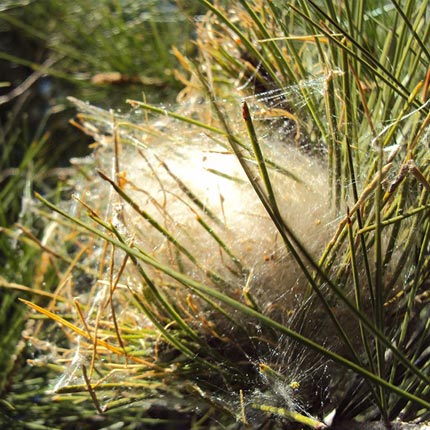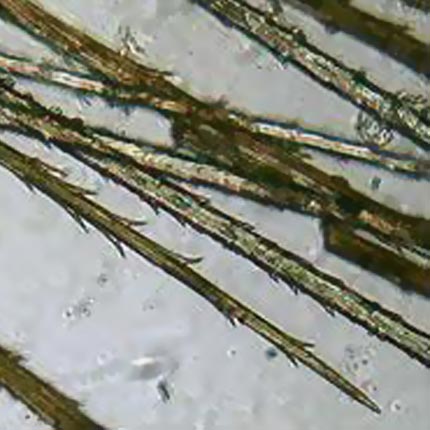The pine processionary caterpillar is an insect of the Lepidoptera family. It is notorious for the health risks it poses to both humans and domestic animals.
It parasitizes conifers such as pine, cedar or Douglas fir, defoliating them in a very pronounced manner..
It advances inexorably throughout the Mediterranean basin.
Its specific life cycle requires specific biological and technical knowledge.
Insect presentation
Adults are nocturnal butterflies that emerge from the ground in summer on a more or less variable date depending on geographical location, altitude, or climatic conditions.
On the Atlantic coast, flights begin in early June and last throughout the summer.
The same conditions are found in the degraded oceanic climate as well as in the continental climate. Flights also start very early in mountainous areas.
As for the Mediterranean coast, it is very stable, with flights at the end of July and August. It is however in this area that very late flights can be observed until October.
Male and female butterflies do not live longer than the time of reproduction, i.e. 1 day for the male and between 2 and 3 days for the female. Females lay between 80 and 250 eggs arranged in a sleeve around two pine needles. They cover them with scales on their abdomen to protect them. As soon as they hatch, the caterpillars begin to methodically engulf the needles of the tree.
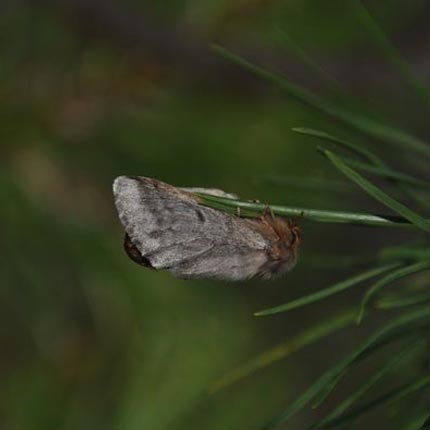
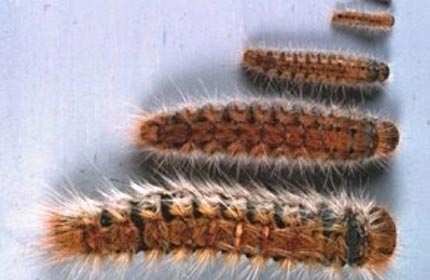
Their development goes through five larval stages interspersed with moulting
At the end of the 5th larval stage (from the beginning of January to the end of April depending on altitude and sunshine, with one exception for the Atlantic coast), they descend from the tree: this is the pupal procession (nymphosis).
They then leave the aerial stage to bury themselves in loose soil at a mild temperature. They bury themselves between 10 and 20 cm deep underground to transform into a chrysalis.
This stage can last a few months to five years (prolonged diapause during bad weather conditions). This diapause is frequent in the mountains, the caterpillars often carrying out their cycle for 2 years to compensate for the short period favorable for their development. The further northward and in altitude, the more the larval stages develop slowly, which reduces this diapause.
A few months before the butterfly emerges, the transformation will start again to end with the imago, a very discrete, gray-brown moth, measuring 4 to 5 cm, ready for reproduction. This is its only function: it does not carry a brood, nor does it feed.
Variations in their life cycle appear frequently from year to year.
They may also be sensitive depending on the location of the area. An example is the Atlantic coast where processions are regularly observed out of phase from December, even November.
Since 2014, the lags have become more and more frequent in many regions. The processions therefore extend in the areas concerned from the month of October to the month of April, which considerably complicates control. The risk period has also greatly increased.
A gregarious behavior
Throughout their lives, processionary caterpillars remain grouped together in order to survive.
In the first cold weather, the winter nest, resembling a thick silk bag, will serve as a real solar radiator.
It is then visible and becomes the distinctive sign of their presence.
The risks of the processionary caterpillar
The processionary caterpillar is a very dangerous pest because it has a particularly effective means of defense: millions of stinging hairs that are dangerous to humans and animals. These microscopic orange hairs are contained in pockets called “mirrors”. They are located on each dorsal segment.
During a phase of danger or stress, the caterpillar opens its “mirrors” and releases thousands of stinging hairs measuring just a few microns, the same as a fine powder. These hairs, suspended in the air or carried by the wind, will have no difficulty in reaching the uncovered areas of humans and animals.
Equipped with hooks, similar to harpoons, the hairs cling very easily to the dermis and release a stinging substance when broken: thaumatopein. These hairs are very volatile, because they are the size of a fine powder. They can come off when you take off your clothes and fall on your skin.
Allergic reactions
These hairs are responsible for more or less violent reactions on the skin, eyes and respiratory system of humans and animals.
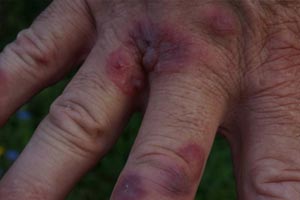
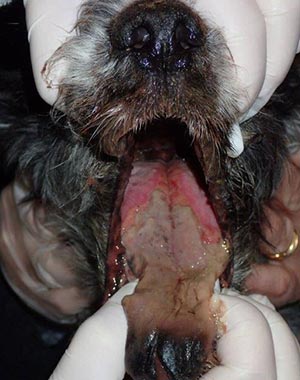
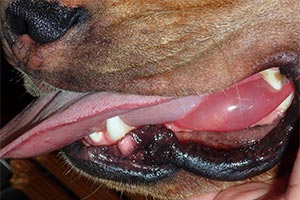
If your pet is affected, do not handle it, as it could suffer skin reactions on contact with the stinging hairs present on its companion.
In all cases, In all cases, in the event of violent reactions, consult your doctor or vet, including the emergency services.





